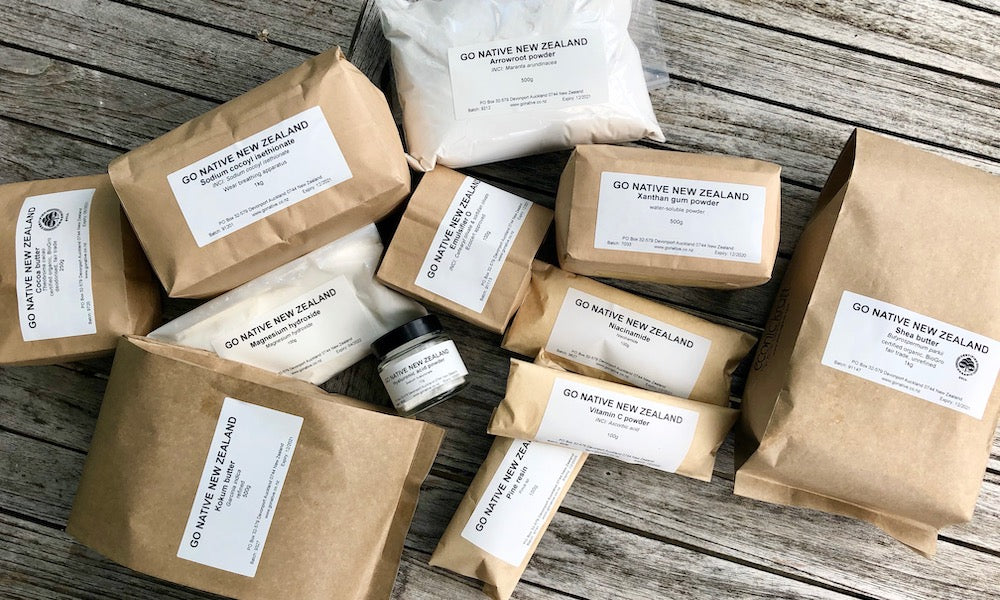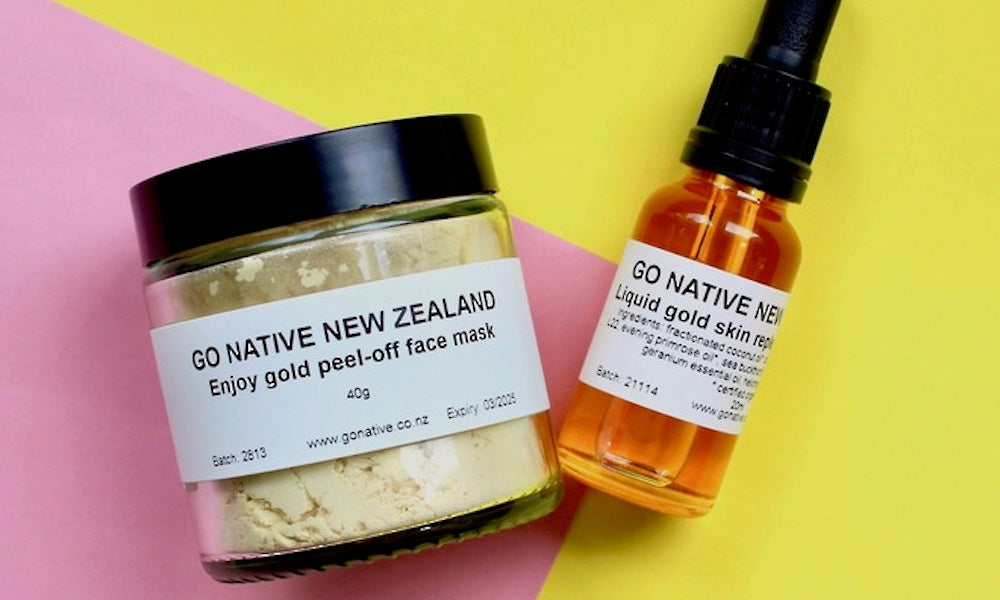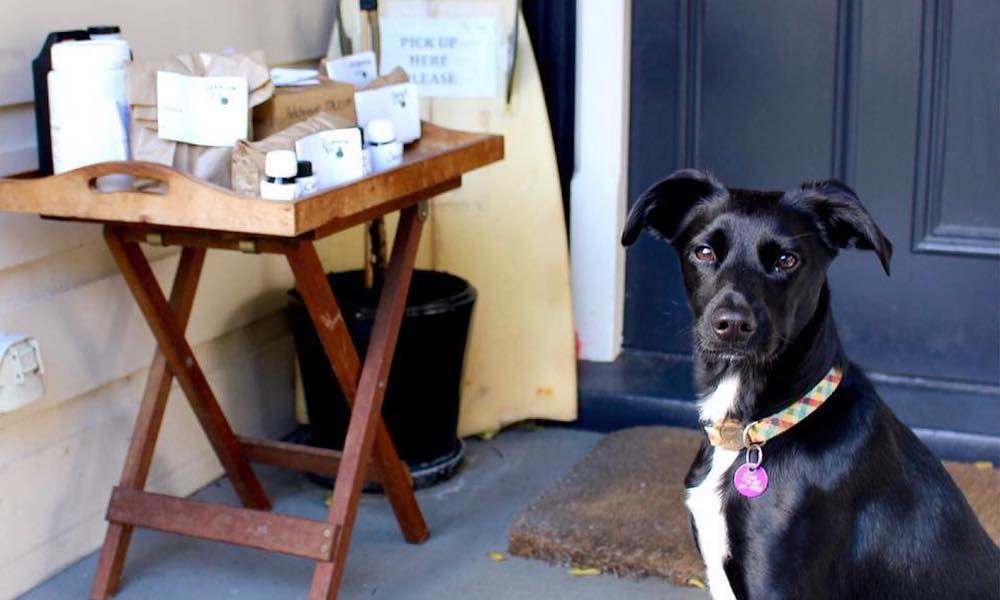Wax ratio experiments
Curious about the differences between carnauba and candelilla wax in DIY formulations? After testing and experimenting, I’ve uncovered some fascinating results. Let’s explore how these waxes perform
Carnauba and Candelilla Wax Results
I used pomace olive oil as the liquid oil.
Carnauba wax (1:3 = 10g wax: 30g liquid oil)
Carnauba Wax
Carnauba wax, known for its hardness, was tested in a ratio of wax to pomace olive oil as the liquid oil.
|
ratio |
in a tube |
in a pot |
|
1:3 |
Too hard |
Too hard |
|
1:4 |
OK |
Too hard |
|
1:5 |
OK |
OK |
|
1:6 |
Too soft |
OK |
|
1:7 |
Too soft |
OK |
|
1:8 |
Too soft |
Too soft |
- 1:3 (10g wax: 30g oil) – Too hard, unsuitable for both tubes and pots.
- 1:4 – Works well in a tube but remains too hard for a pot application.
- 1:5 – Good balance for both tubes and pots.
- 1:6 – Too soft for a tube but acceptable for a pot.
- 1:7 and 1:8 – Too soft for either application.
Key Info: If you're crafting a product for tubes, stick to a ratio between 1:4 and 1:5. For pots, ratios of 1:5 to 1:6 work best.
Candelilla Wax
Candelilla wax, while slightly softer than carnauba, offers its own unique properties
|
ratio |
in a tube |
in a pot |
|
1:3 |
OK |
Too hard |
|
1:4 |
OK |
Too hard |
|
1:5 |
Too soft |
OK |
|
1:6 |
Too soft |
OK |
|
1:7 |
Too soft |
OK |
|
1:8 |
Too soft |
Too soft |
- 1:3 – Perfect in a tube but too hard for a pot.
- 1:4 – Still works in a tube but remains too hard for a pot.
- 1:5 – Too soft for a tube but ideal for a pot.
- 1:6 to 1:8 – Too soft for tubes but usable in pots depending on the desired consistency.
Key Info: Candelilla wax works beautifully for tubes at a 1:3 or 1:4 ratio and is best for pots at a 1:5 ratio.
All the combinations that are OK in a tube would be good for a lipstick.
Exploring Carnauba and Candelilla Wax for Lip Products
When creating lip balms or lipsticks, choosing the right wax is crucial for achieving the desired texture and performance. Here’s a detailed look at how carnauba and candelilla wax perform in various oil-to-wax ratios, and how they influence the final product.
Tips for Lipsticks
- Coloring Challenges: Both carnauba and candelilla waxes are naturally yellow. This makes colouring the lipstick with micas different from a lipstick made with white beeswax. This can affect the final colour of your product, especially when using micas. To create vibrant lipsticks, you may need to adjust your pigment levels.
- Oil Choices: For the best results in lipsticks, consider using castor oil or a combination of castor and jojoba oils. These oils not only provide a rich, glossy finish but also enhance the spreadability and comfort of the product.





